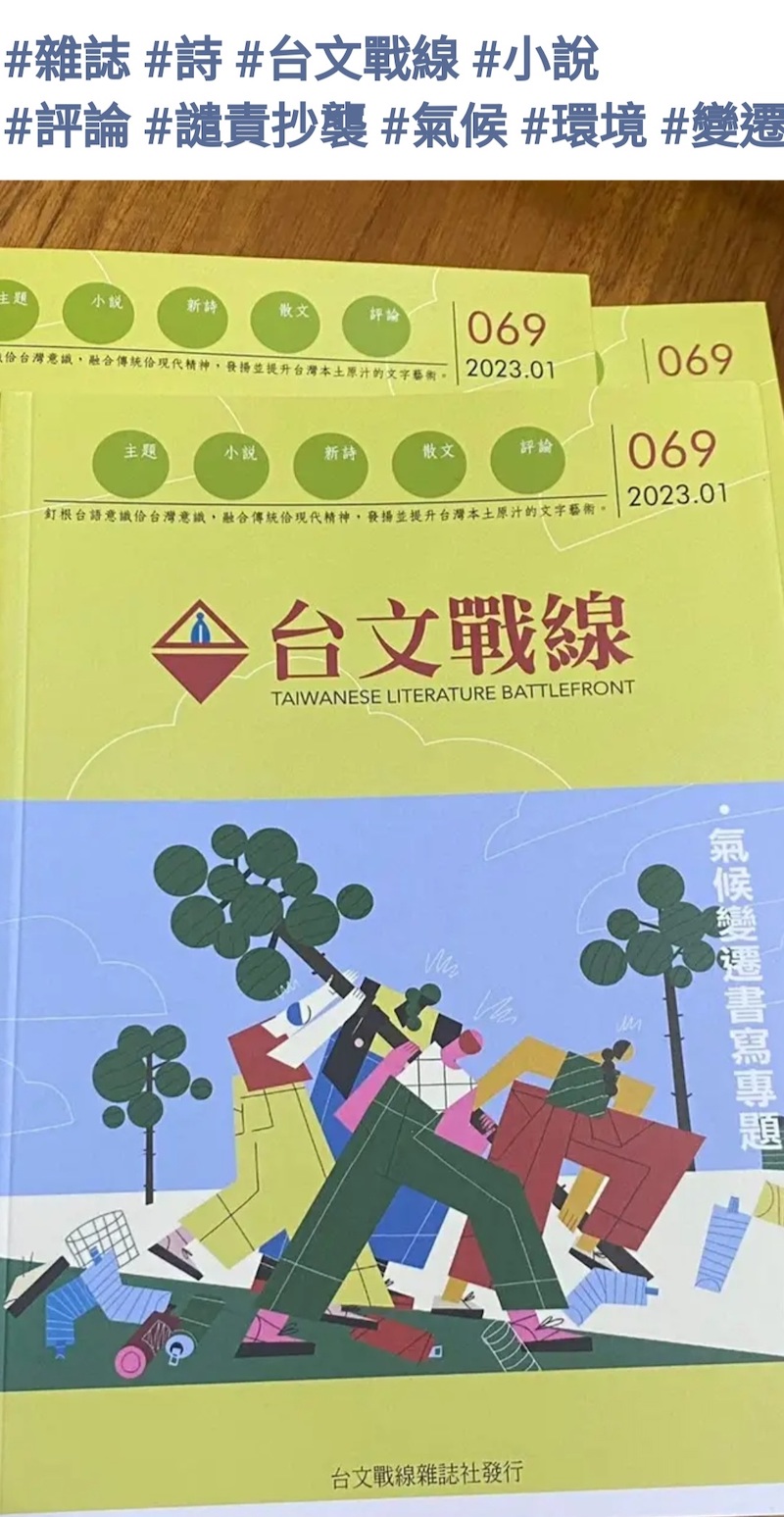Language variation writ large
The Vastness of Language Variation Across the Globe
Panel. AAAS 2026 Annual Meeting. Coming in February, 2026.
Organizer: Lenore Grenoble, University of Chicago, Chicago, IL
Co-Organizer: Jeff Good, University at Buffalo, Buffalo, NY
Moderator: Jeff Good, University at Buffalo, Buffalo, NY
Panelists
"Multilingual Language Ecologies and Linguistic Diversity",
Wilson de Lima Silva, Linguistics, University of Arizona, Tucson, AZ
"AI Approaches to the Study of Gesture, Prosody, and Linguistic Diversity",
Kathryn Franich, Linguistics, Harvard University, Cambridge, MA
"Sometimes Big Questions Call for Small Data",
Gareth Roberts, Linguistics, University of Pennsylvania, Philadelphia, PA
Read the rest of this entry »
